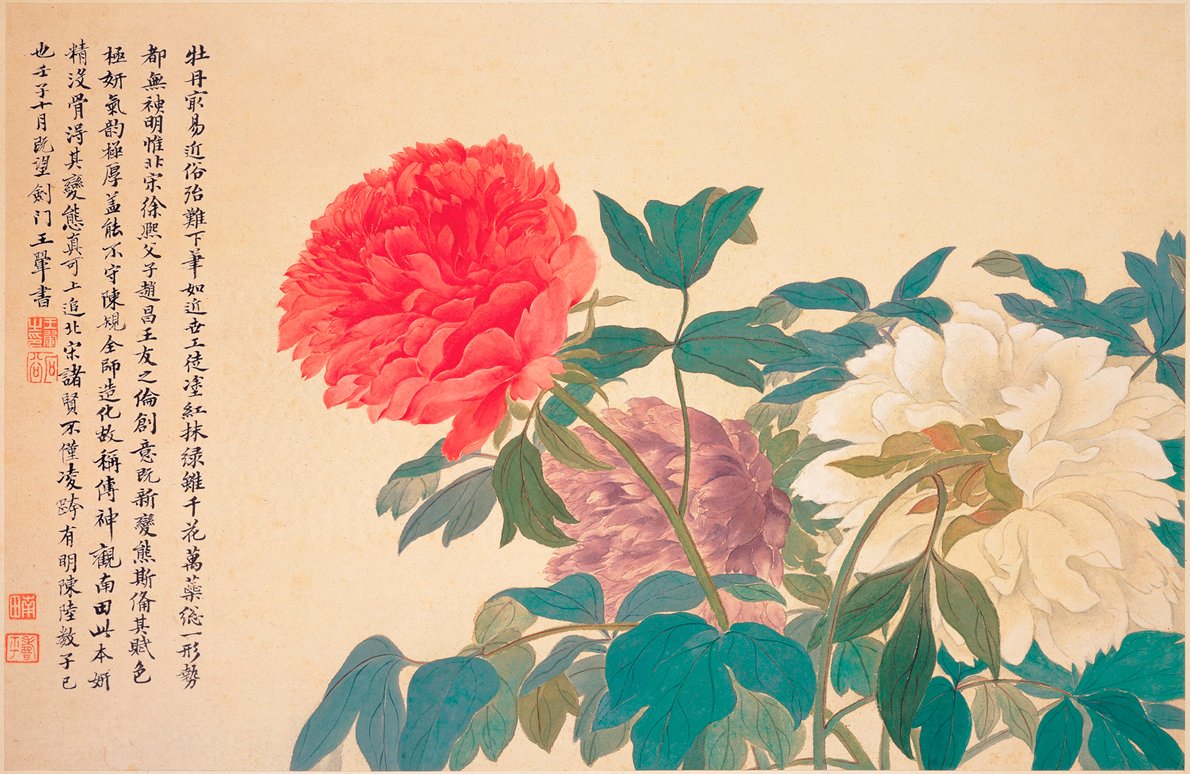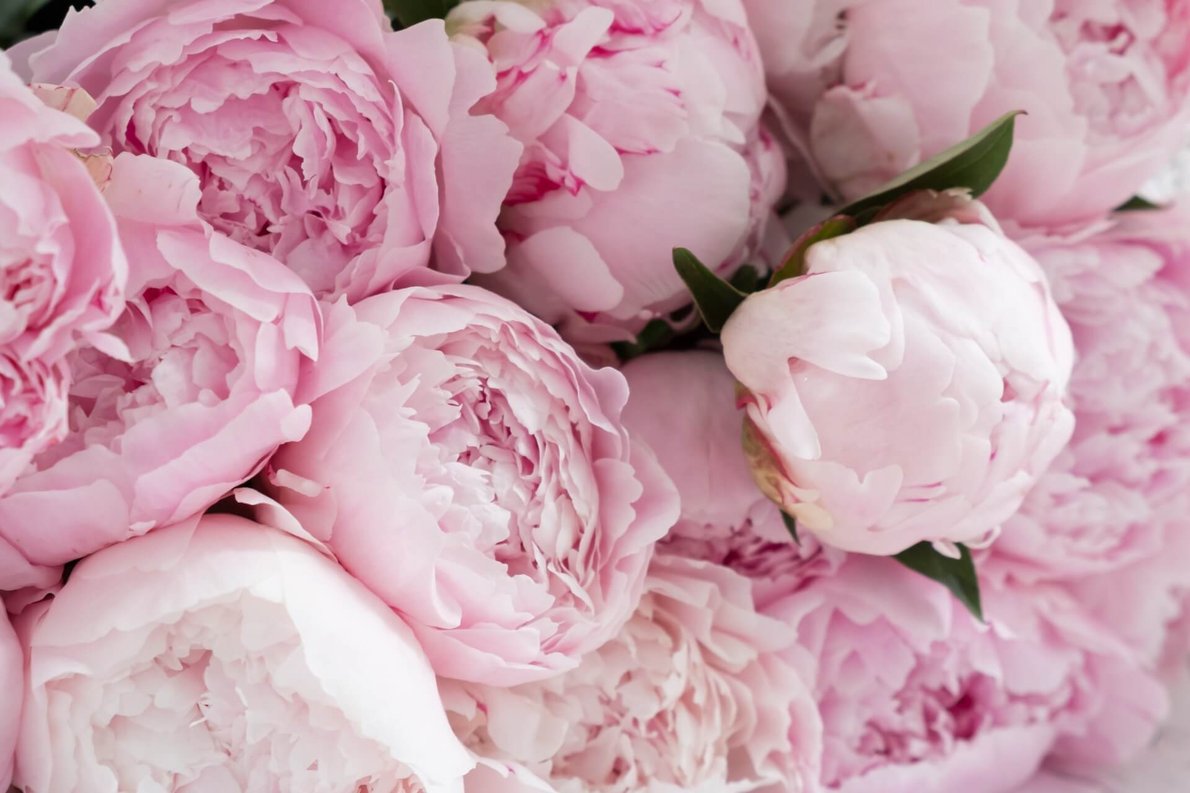Peonies are a joy for every gardener. Beautiful and fragrant, they begin to please our eyes in May and continue to do so through June. And people have appreciated their beauty and aroma for more than one millennium. In Eastern culture, peonies have been used for more than 2 thousand years!
Its’ name, like a lot of other flowers, comes from Greek mythology. Talented doctor Paeon, who tended not only humans but Olympians, was a student of Asclepius, Greek god of medicine and healing. Paeon was valued and praised by humans and Gods for his skills but Olympian’s Envy is a plot point in a lot of Greek myths and this one is not an exception. Enraged Asclepius decided to get rid of his talented student, but Zeus intervened. He saved the doctor from his teacher by turning him into a flower, which now bears his name.
History

In China peonies have been cultivated since ancient times. Before the 6th century, they were grown for their medical properties. Decorative cultivation began after that, based on peonies that were used in medicine.
In the 10th century, peonies were spread throughout China. Chinese nobility and Emperors began to grow peonies in their gardens, and soon after two centers of cultivation were formed. Luoyang and Chaozhou (now known as He Ze). Both cities still host annual peony exhibitions, festivals and several state-funded peony research facilities.
Before the 10th century, peonies were introduced in Japan where they easily found new admirers. A lot of peony varieties were bred in the Land of the Rising Sun, especially in the period from the 18th to the 20th century.
Paeonia officinalis and its varieties were grown in Europe from the 15th century, mostly for medicinal purposes. Intensive breeding started in the 19th century when Paeonia lactiflora was introduced from China to Europe. The tree peony was introduced in Europe in 1789.
The main centers of peony breeding in Europe are the United Kingdom and France.
In our times, the Netherlands hold the lead in the production of cut flowers with 50 mil stems per year.
Uses

Peonies' medical properties have been known for a long time. In the 1 century BC ancient Greek philosopher Plinius believed that the root of P. officinalis could treat two dozen diseases.
It is believed that P. officinalis has antispasmodic, anti-inflammatory, diuretic and analgesic effects. P. officinalis and P. anomala are used for tinctures with a sedative effect.
In China, peony petals are parboiled and sweetened as a delicacy. Also you can add petals to salads, lemonades and punches.
Peony water (infusion of peony petals) was used for drinking in the Middle Ages.
Culture

Peony has been an essential flower in Eastern culture for over 2 thousand years. It continues to amaze us with its beauty and inspires artists and poets all over the world.
Mischievous nymphs were said to hide between peony petals, giving it the meaning of bashfulness in the Language of Flowers.
In the Middle Ages, peonies were often drawn with their ripe seed-capsules, since it was believed that seeds, not flowers, had medical value.
Peonies are not just beautiful flowers. They have a long and rich history of coexistence with humans. Their seeds and roots were used in medicine, their petals were used in cooking. Peonies inspired a lot of artists and poets with their beauty, and to this day they remain one of our favorite flowers.